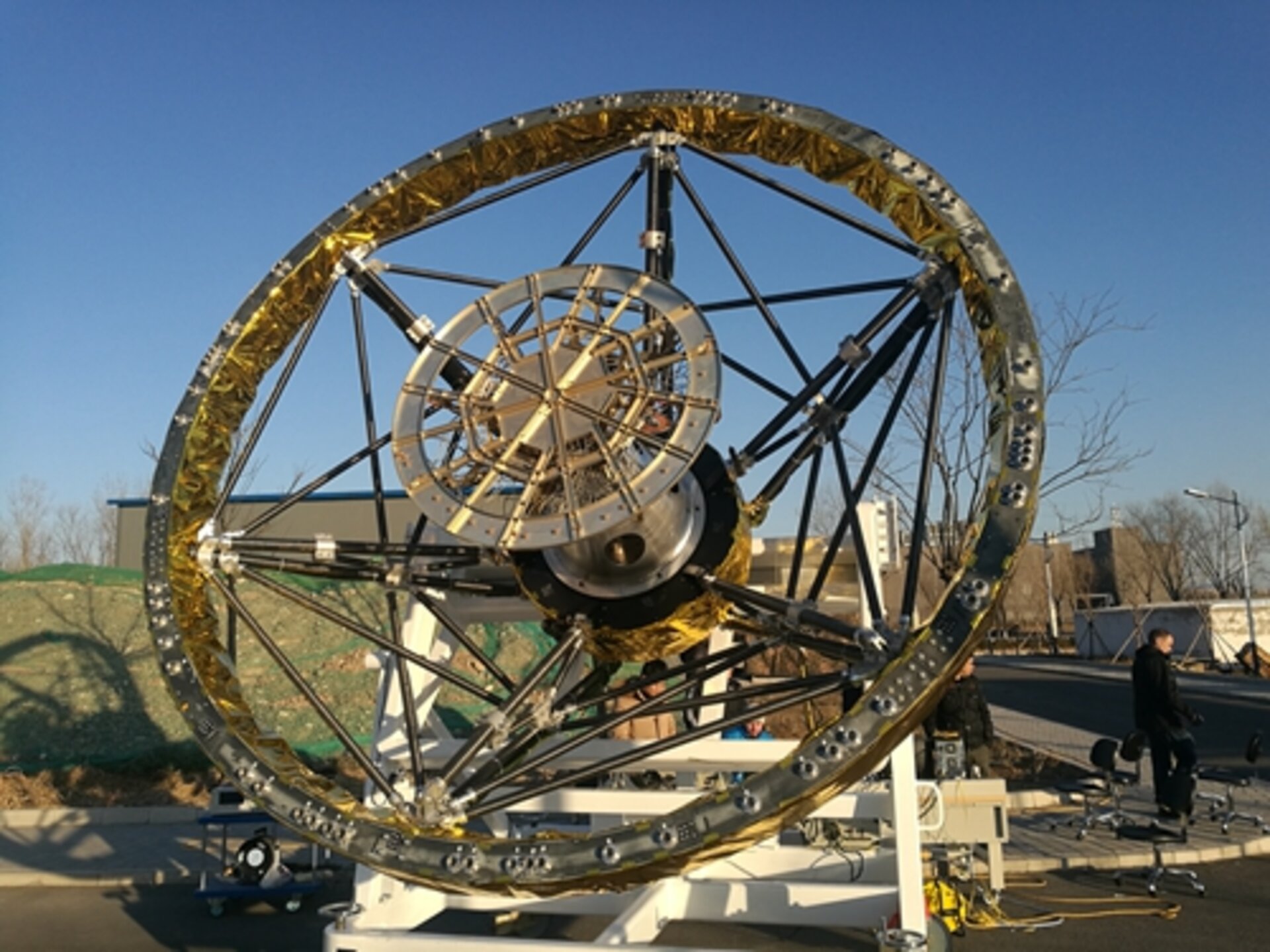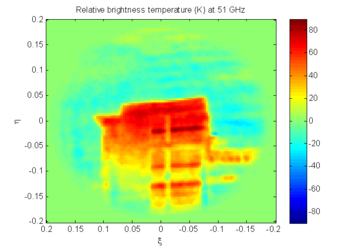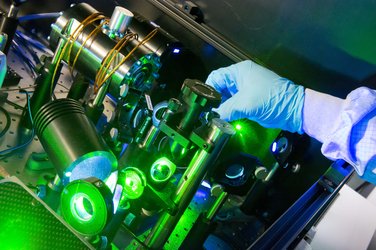ESA and China team up on typhoon-targeting imager
ESA has teamed up with the Chinese Academy of Sciences to test an instrument capable of peering down from orbit through dense clouds and rain to sound the depths of typhoons and storms.
China’s National Space Science Center – an entity under the Academy – in Beijing has built a 3 m-diameter prototype millimetre-wave instrument for ground testing. A smaller ESA-led instrument that works on a separate, complementary frequency band was slotted into it, then the combined instrument underwent ground testing.
“China has an obvious interest in typhoons, and enhanced weather and climate forecasting is important to everyone,” explains Peter de Maagt, heading ESA’s Antennas and Sub-Millimetre Wave section.
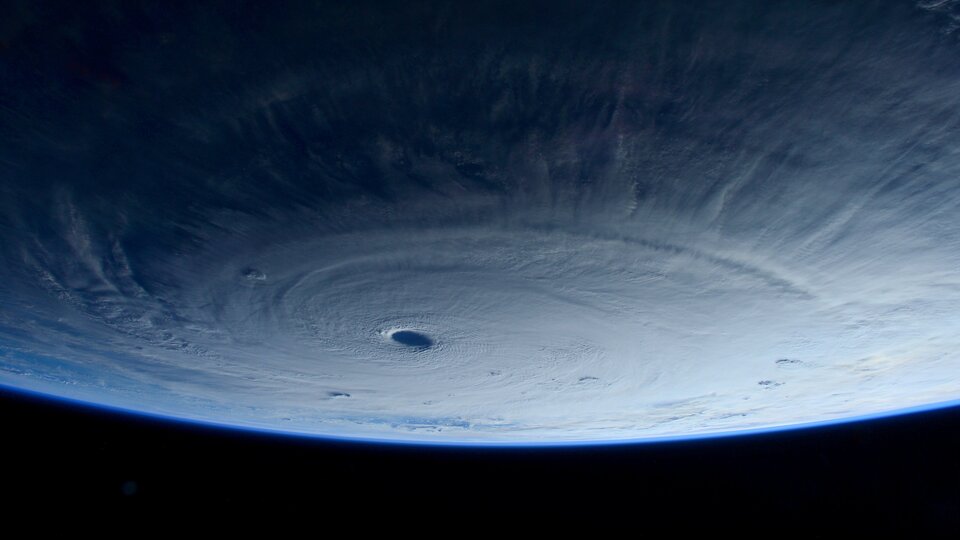
“We had both been pursuing approaches with many similarities, so collaboration on this ground-based demonstrator seemed like a logical next step.
“We will share all test data while ownership of the hardware remains with their respective designers. If this testing goes well, the next step would be a space mission.”
Flown in high orbit, this instrument would be able to gather 3D temperature and humidity soundings across the atmosphere, even regions obscured by bad weather, which are left as effective blind spots in current infrared satellite monitoring.
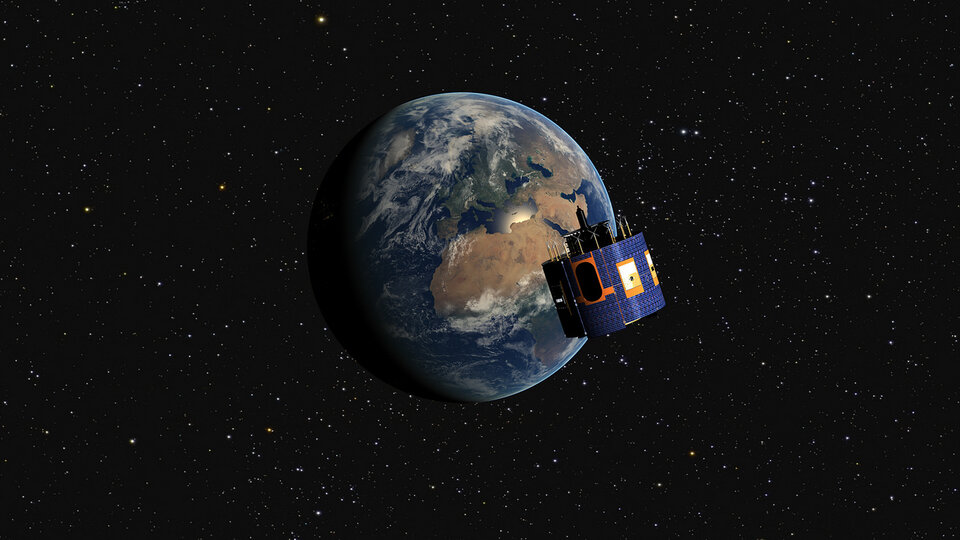
“Europe is currently flying mm-wave instruments on the low-orbiting MetOp satellites, but these cover only narrow swaths of Earth’s surface at any one time,” adds Peter.
“The ideal would be to fly a mm-wave instrument in geostationary orbit where weather satellites such as Europe’s Meteosats enjoy a continuous full-disc view of Earth. But geostationary orbit is some 36 000 km up, much too far away to deliver a usable resolution for any conventional, practically-sized mm-wave imager.”
As an alternative, both ESA and China have been investigating a principle called interferometry, involving separate signals from multiple antennas being precisely correlated together to produce a picture of otherwise impossible sharpness.
These antennas are mounted on a circular frame, then set rotating at a rate of once per minute, allowing them to fill in further details.
China’s 54 GHz 21-antenna instrument is called the Geostationary Interferometic Microwave Sounder II, while ESA’s is the 183 GHz 24-antenna Geosounder II, designed for ESA by Omnisys Instruments in Sweden.
“This Geosounder builds on the experience of a previous ESA-led project in 2010,” adds Peter.
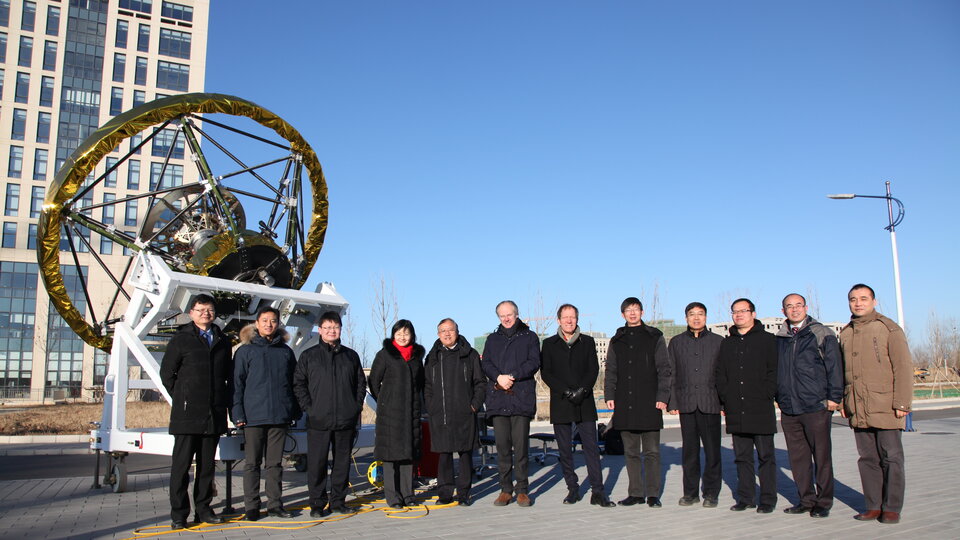
“That 2010 array operated at 54 GHz, while this new version works at a more technically demanding 183 GHz. Its antennas were previously arranged in a Y-shape, now moved into a circular shape to fit with the Chinese array.”
This joint building and testing of an instrument with China is a first for ESA, but is well within the Agency’s skillset: different elements of space systems are routinely built by different companies across various countries, with their interfaces planned out in advance.
This ground demonstrator has an aluminium frame, but any spaceborne version would require ultrastable composite material to resist any structural distortion from orbital temperature extremes – the frame would have to remain perfectly aligned for interferometry to go on working.
“It is by working together that we can find solution to common societal problems like typhoons and extreme weather conditions,” comments Karl Bergquist of ESA’s External Relations Department.


